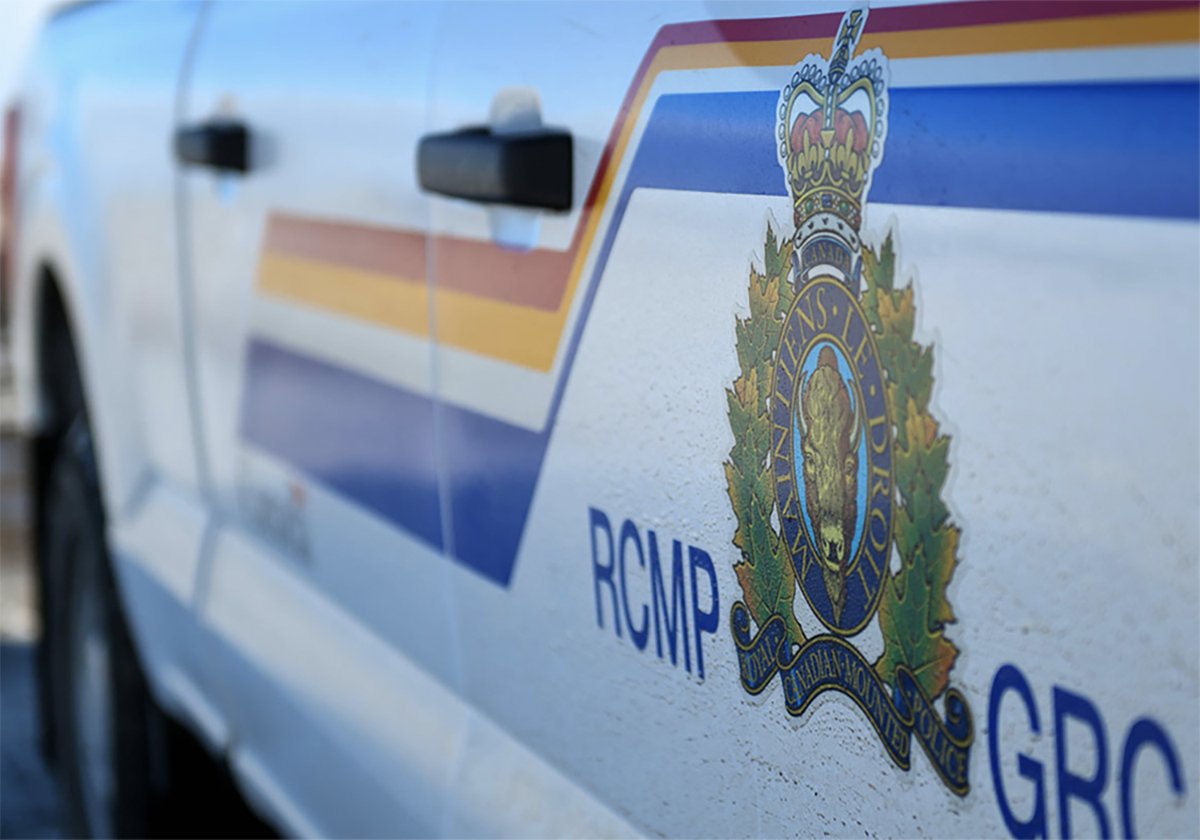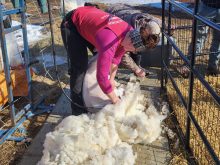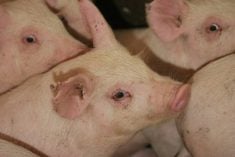LACOMBE, Alta. – Technology used among plant breeders to assess quality could upend the traditional methods of grading in the commercial world.
Near infrared reflectance spectrophotometry, or NIRS, uses light to measure and differentiate grain quality rather than relying on the visual cue of plump kernels or high bushel weight. Those traits may have nothing to do with the way barley brews or puts pounds on a young steer.
“It doesn’t really define quality. That is how we market our grains,” said Jim Helm, a barley breeder at Alberta Agriculture’s field crop development centre at Lacombe. He has used NIRS for 25 years as a method of selecting feed and malting quality in his barley breeding program. Scanning a grain sample is easy and provides results within a minute.
Read Also

Charges laid after cattle theft
Saskatchewan RCMP lay two charges against a man after six cattle went missing.
“We are now in the process of putting together the same kind of calibration system that we have developed in the breeding program for the commercial grain grading operation,” he said at a crop field day July 28.
“This will be available to any farmer or anybody in the industry.”
To prove the value of assessing the actual protein, starch or other grain quality, researchers at Lacombe are starting their second year of study on the feed value of barley for pigs and chickens. Cattle are next.
They know certain barleys contain more calories and other nutrients to help a pig reach market weight sooner, yet pork producers pay the same price for barley regardless of those values.
Helm and other researchers argue users should pay more for the high energy feed because the same amount of money would be required to add energy using canola oil.
There should be value to the buyer looking for better pig feed and to the farmer growing the more valuable barley.
“If the hog producer knows this is more valuable to him than another one, will he pay more?”
If a producer knows the quality of a forage sample, he should be able to tell which produces better milk or beef.
“The problem with this is that the laboratory analysis often takes too long for you to find out so you can blend your samples or you could feed your samples right. By the time you get it back from the lab, it is too late. It tells you why you didn’t get the production you wanted rather than what you should know,” Helm said.
For example, livestock producers have praised the results of the feed barley Falcon, but there is no scientific proof of it being better.
Eduardo Beltranena, a pork scientist with Alberta Agriculture, said the NIRS system could be used to evaluate any type of feed grain or forage. Providing the feed best suited to the animal could help get it to market sooner with lower feed costs.
“You may have two barley samples with the same weight but one sample will get your pigs out of the barn earlier,” he said.
Pat Juskiw has spent her career breeding new varieties of two row malting and feed barley, always selecting for high yields, multiple disease resistance and high test weights.
She, too, has found when she correlates those traits with what has been discovered using NIRS, the desired traits may not be the best determinant of quality livestock feed. She said producers need to accept the concept of differentiated feed grains.
“We need an industry to change and understand what quality is (for) the whole animal industry,” she said.
In addition, the malting industry makes specific demands but sometimes what it is measuring has nothing to do with how the barley brews.

















